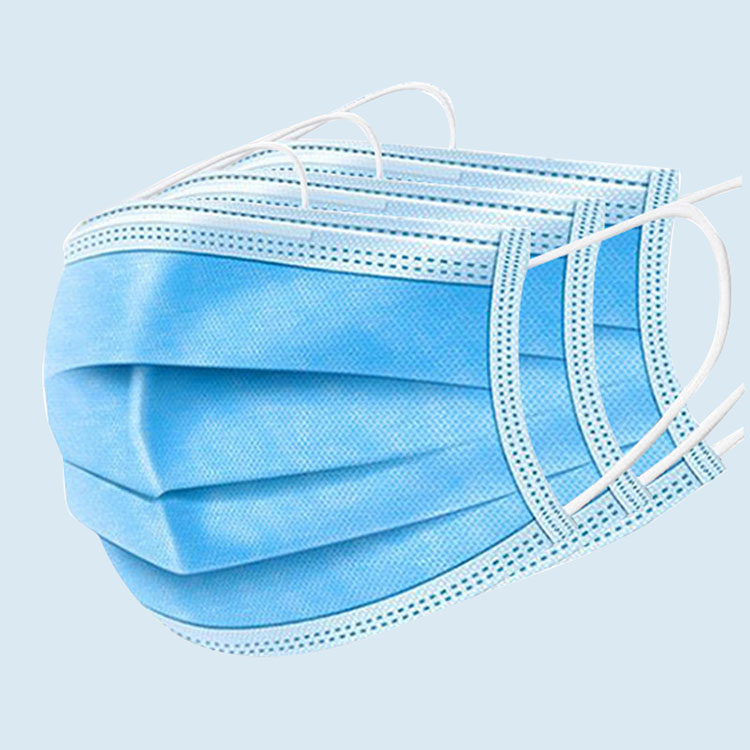The COVID-19 pandemic has raised awareness about the importance of wearing face masks to prevent the spread of disease. But not all face masks are created equal, and understanding the features of different types of masks can help individuals make informed decisions about their own safety.
One of the most important features to consider is the level of filtration provided by a mask. Masks are rated based on their efficiency in filtering out particles of different sizes, measured in microns. Surgical masks, for example, offer relatively low filtration, typically around 70-80%, but are still effective at preventing respiratory droplets from spreading. N95 masks, on the other hand, are designed to filter out at least 95% of airborne particles, including small particles such as those found in smoke or air pollution.
Another key feature of face masks is their fit. A poorly fitting mask can allow air to escape through gaps around the edges, reducing its effectiveness. Properly fitting masks should cover both the nose and mouth, and should fit snugly against the face without causing discomfort or irritation.
Material is also an important consideration. Many masks are made from non-woven polypropylene, which provides good filtration while remaining breathable. Other masks may be made from cotton or other materials, which may be more comfortable but offer less effective filtration. Some masks may also be treated with antimicrobial or antiviral coatings to further enhance their effectiveness.
The design of a mask can also affect its performance. Some masks have adjustable straps or nose clips to improve the fit, while others may have valves that allow for easier breathing. However, masks with valves are not recommended for preventing the spread of COVID-19, as they allow the wearer's exhalations to escape and potentially spread the virus to others.
Ultimately, the effectiveness of a mask depends on a variety of factors, including its filtration level, fit, material, and design. It's important to choose a mask that meets your individual needs and preferences, while also following guidelines from health authorities and local regulations.
In addition to choosing the right mask, it's also important to use it properly. Masks should be worn over both the nose and mouth, and should be removed by the ear loops or ties rather than by touching the front of the mask. They should also be washed or disposed of properly after use, and individuals should avoid touching the mask while wearing it.
With the ongoing spread of COVID-19, wearing a face mask has become an important tool for protecting oneself and others from infection. By understanding the features of different types of masks and using them properly, individuals can help slow the spread of the virus and keep themselves and their communities safe.

